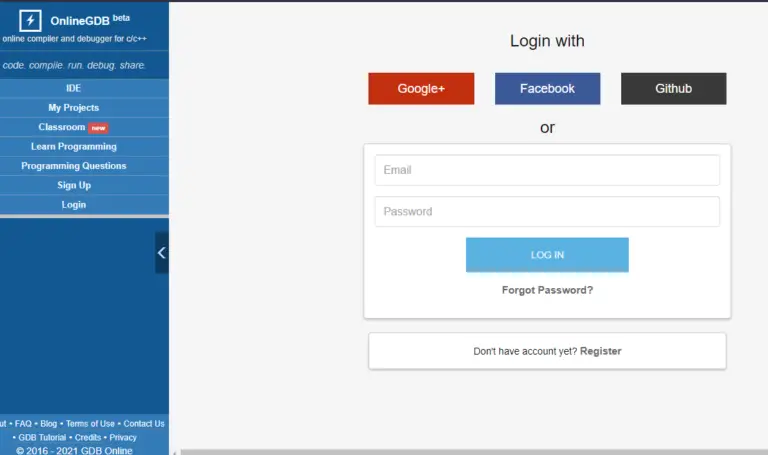

The latest Debianįlasher images automatically power down the board upon completion. When the flashing is complete, all 4 USRx LEDs will be steady on or off. With on-board eMMC flash and you desire to write the image to your on-boardĮMMC, you'll need to follow the instructions at If using BeagleBone Black, BeagleBone Blue, BeagleBone AI or other board If using an original BeagleBone or PocketBeagle, you are done. Insert SD card into your (powered-down) board, hold down the USER/BOOT button (if using Black) and apply power, either by the USB cable or 5V adapter. Step #0.F: Boot your board off of the SD card Step #0.E: Eject the SD cardĮject the newly programmed SD card.

Etcher will transparently decompress the image on-the-fly before writing it to the SD card. Use Etcher to write the image to your SD card. Step #0.D: Write the image to your SD card Use your computer's SD slot or a USB adapter to connect the SD card to your computer. Step #0.C: Connect SD card to your computer Step #0.B: Install SD card programming utility This is a compressed sector-by-sector image of the SD card. The Debian distribution is provied for the boards. Note: Due to sizing necessities, this download may take 30 minutes or more. The "IoT" images provide more free disk space if you don't need to use a graphical user interface (GUI). Step #0.A: Download the latest software imageĭownload the lastest Debian image from /latest-images. Have, but executing this, the longest, step will ensure the rest will go as smooth as possible. This step may or may not be necessary, depending on how old a software image you already Read the step-by-step getting started tutorial below to begin developing with your Beagle in minutes. Beagles are tiny computers ideal for learning and prototyping with electronics.


 0 kommentar(er)
0 kommentar(er)
